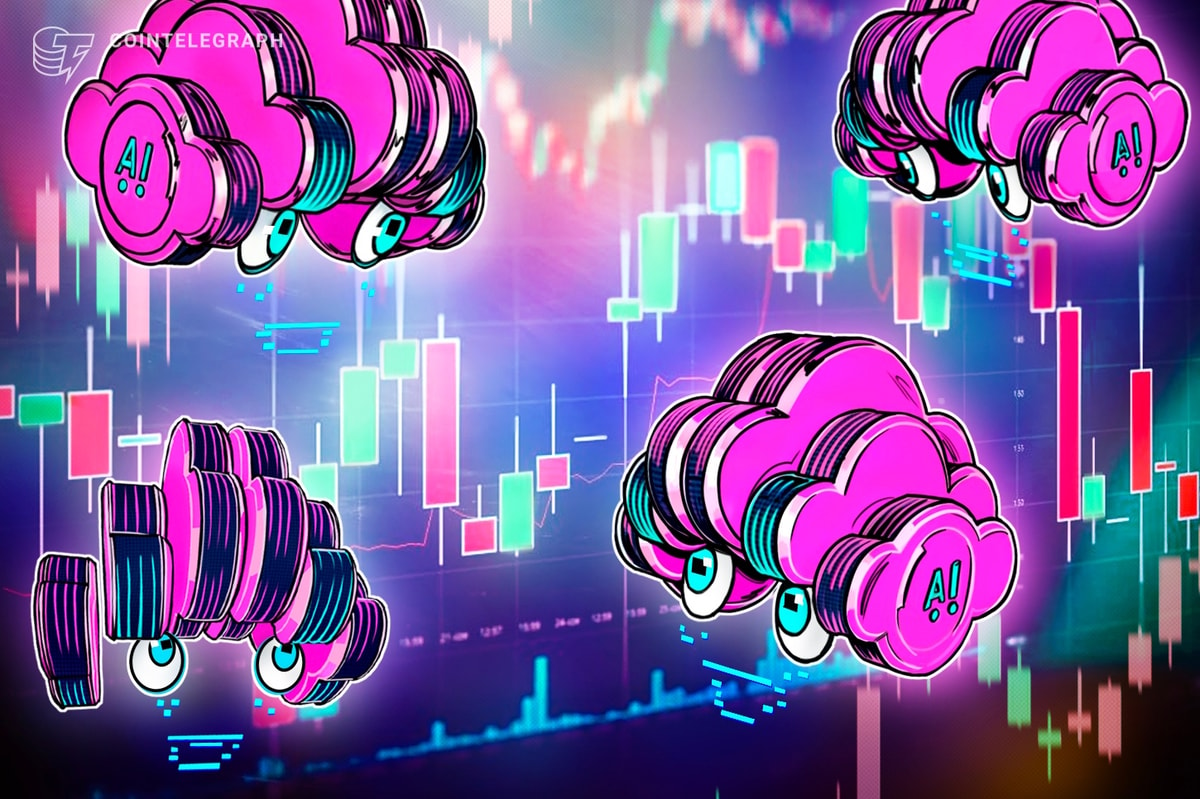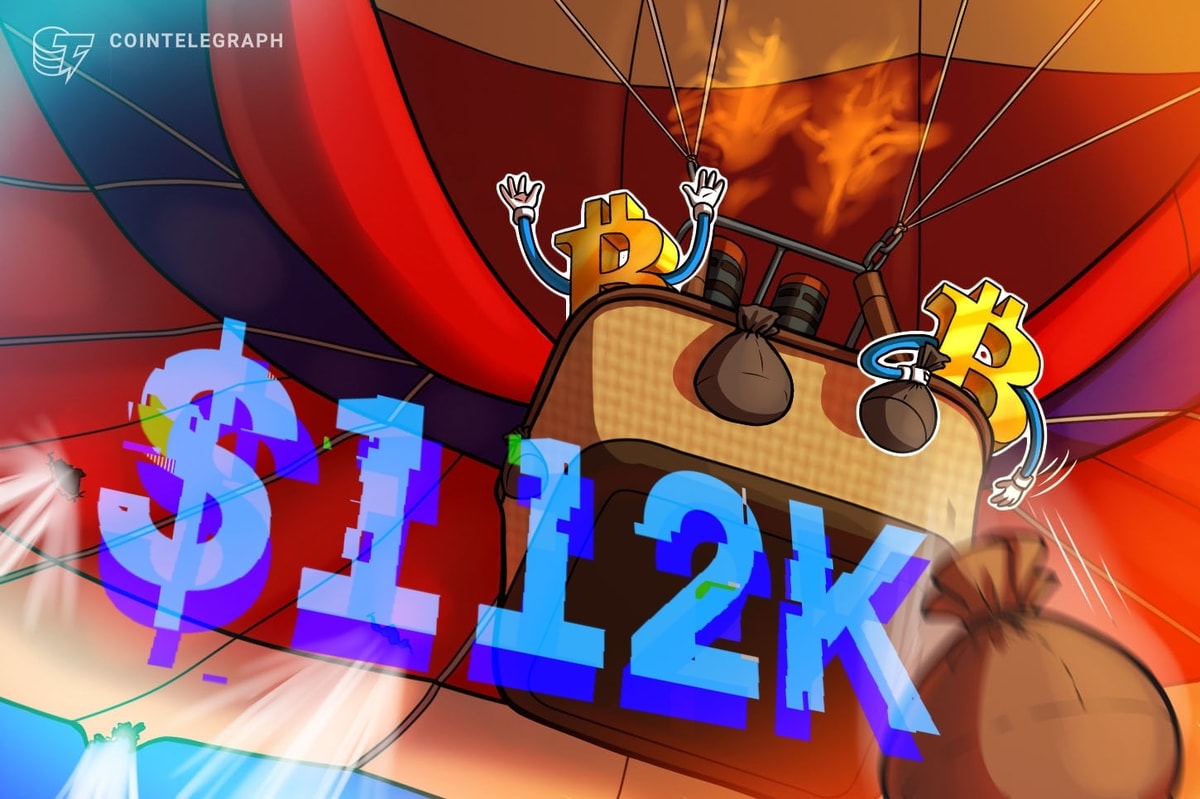Key takeaways
-
Grok detects real-time sentiment spikes from X that often precede short-term price movements, but not all spikes are reliable.
-
ChatGPT turns those signals into trade plans, helping structure entries, exits and risk parameters based on technical and fundamental context.
-
AI tools don’t replace judgment. You’ll learn how to add volume filters, whale flow checks and confirmation rules to avoid emotional or manipulated trades.
-
Post-trade journaling with ChatGPT helps you improve win rate, avoid repeat mistakes and build a system around reflection, not just reaction.
The rules of day trading are changing fast. What once took hours of analysis can now happen in seconds, thanks to a new class of AI tools.
This article explains how traders are quietly using platforms like ChatGPT and Grok to gain an edge in the 24/7 world of crypto, sometimes in ways you wouldn’t expect.
What is day trading in crypto?
Day trading in crypto means entering and exiting trades within the same day, sometimes within minutes, to capitalize on small, rapid price changes. It’s a short-term hustle, focused on momentum, volume and speed, not long-term holds.
Here’s how it works:
-
Spotting the setup Traders work on 5‑minute to 1‑hour charts, watching for breakout patterns. Indicators like RSI, MACD, or sudden volume surges often confirm these moves.
-
Defining the trade
Entry: Just above a breakout or chart resistance.
Stop-loss: Tightly below recent support or breakout level.
Take-profit: Based on resistance zones, Fibonacci targets, or a fixed reward-to-risk ratio (e.g., 2:1 or 3:1).
Day traders aim to profit from short-term intraday price movements, typically opening and closing positions within one trading day. This style relies heavily on technical analysis, discipline and strict risk management.
Why crypto day trading is different
Crypto markets are far more volatile and 24/7. Order books can be thin, and social media sentiment plays a huge role. That’s where tools like Grok (for early sentiment alerts) and ChatGPT (for structuring setups) matter; they help cut through noise and make decisions faster.
For instance, in early June 2025, Solana’s DeFi activity surged, and its total value locked (TVL) climbed above $9 billion, a sign of real momentum. Traders could have used Grok to detect early trend shifts and ChatGPT to help structure trade setups, including entry planning, stop placement and profit targets.
How to identify trending crypto day trading opportunities with Grok
Grok, accessible on X (x.com or X apps), grok.com, or Grok apps, helps traders spot crypto trends via real-time sentiment, market data and news analysis.
Whether you’re looking for breakout tokens, technical entries or early scam warnings, Grok can help you spot opportunities with speed and precision.
Here are three actionable ways to use Grok in your crypto day-trading strategy:
1. Track X sentiment for token hype
How it works: Grok scans X posts for token mention spikes or sentiment shifts, signaling potential pumps (e.g., $WIF up 7x in mentions often predicts a rally).
Access:
-
Free: 10 messages/2 hours, three image analyses/day. Suitable for one or two daily token checks; may miss fast-moving hype.
-
Paid: X Premium ($8/mo, $84/yr), Premium+ ($16/mo, $168/yr), or SuperGrok (pricing available at https://x.ai/grok) allows frequent queries. Premium+ Think mode refines sentiment analysis.
Example prompt:
“What’s the X sentiment on Pi coin?”
Here is the output:
Grok reports mixed X sentiment on Pi Coin: bulls see $1–$1.25 potential with strong community and Chainlink boost, while bears warn of $0.40 drop due to unlocks, centralization, and KYC issues.
2. Check technical indicators (via Grok.com)
How it works: Grok pulls real-time data (e.g., RSI) from sources like CoinMarketCap to time trades (e.g., BTC’s RSI at 62 signals bullish momentum).
Access:
-
Free: 10 messages/2 hours, limits to 1–2 daily indicator checks; suits swing traders.
-
Paid: Higher quotas allow multiple checks (e.g., BTC, ETH hourly). Premium+ DeepSearch boosts web-based TA.
Example prompt:
“What’s Bitcoin’s RSI as of July 9, 2025? Please give me short answer with proper justification.”
According to Grok, Bitcoin’s RSI is 54 on July 9, 2025, using a 14-day timeframe, indicating neutral momentum (see image below).
3. Verify token legitimacy
How it works: Grok cross-references X sentiment and web data (e.g., white papers, community feedback) to flag potential scams or assess fundamentals. This is critical for memecoins like $GROK, which has been linked to scam concerns.
Access:
-
Free: Query limits may slow down checking multiple tokens.
-
Paid: Higher quotas enable verifying several tokens or deeper analysis (e.g., “Check $GROK’s contract for red flags”)
Example prompt:
“Is Bittensor (TAO) a scam token?”
Based on the above prompt, Grok reports mixed X sentiment on Bittensor (TAO): bulls see $1,000–$10,000 potential by 2030 for its AI marketplace, but bears highlight centralization, insider token control, hacks, and governance issues, urging caution.
Day trading insights from Grok use cases
-
Sentiment spikes often precede price action; monitoring X mentions can help identify early momentum in tokens.
-
Social media hype is a valid signal, especially in memecoin trading, but should be paired with other indicators.
-
RSI and other technical tools provide context, and combining sentiment with real-time indicators improves timing and trade setup.
-
Grok can surface mixed sentiment, helping traders see both bullish potential and downside risks (e.g., Pi Coin or TAO).
-
Fundamental checks are critical; Grok’s scam detection flags risks like centralization, unlocks, or governance issues.
-
Real-time data enables rapid decision-making, valuable in fast-moving day trading environments.
-
Structured prompts help refine trade plans; Grok can assist in formulating entry, stop-loss, and exit strategies.
Limitations of Grok (and why they matter)
-
The free tier has strict limits on query frequency and scope.
-
Sentiment analysis can misread tone or lack real-time reactivity during high-volatility events.
-
No direct trading integration; it’s an insight tool, not a trading platform.
-
Prompt quality affects output; vague or general prompts can lead to unhelpful results.
-
May not catch all red flags, especially for brand-new or obscure tokens with limited data.
-
Lag in data refresh or indicator updates can affect trade timing in highly volatile markets.
How to use ChatGPT to structure crypto trades
Once you’ve identified a credible signal using Grok, the next step is turning it into a structured trade. That’s where ChatGPT becomes a powerful assistant, helping you define entries, stops, exits and even reflect on trades afterward.
Using the TAO example discussed above, here’s how ChatGPT can help:
Example 1: Trade the bullish momentum with caution
Use case: The Grok output highlights bullish sentiment driven by TAO’s user base, integrations and long-term growth potential.
How to trade it (with ChatGPT):
Example 2: Fade the rally on bearish risk factors
Use case: Grok points to serious concerns, such as token centralization, governance opacity and past hacks.
How to trade it (with ChatGPT):
“Given bearish sentiment and risk factors for TAO, what are safe conditions for a short setup today?”
Limits of AI in trading: What it still can’t do
AI is transforming how traders operate, but it’s not a crystal ball. Tools like Grok and ChatGPT can scan sentiment, summarize market noise, and help structure plans faster than any human. But speed isn’t the same as certainty, and automation doesn’t eliminate risk.
Here’s the reality: AI is only as good as its data and the person using it.
Grok might detect a sentiment surge, but it can’t always tell if it’s genuine momentum or coordinated hype. ChatGPT might help draft a perfect trade plan, but it can’t pull the trigger, manage slippage or feel the market shift in real time.
AI doesn’t have skin in the game.
It doesn’t feel FOMO, panic or greed. That’s a strength and a weakness. Without human judgment, AI tools can mislead just as easily as they can guide. Poor prompts, outdated data or overreliance on sentiment can turn a good idea into a bad trade. And while they can reflect on past performance, they don’t learn from experience the way a seasoned trader does, unless you build that loop yourself.
So yes, AI is powerful. But it’s not infallible.
And it certainly isn’t a substitute for strategy, discipline or risk management.
Use it as an edge, not a crutch.
Because in the end, every trade still comes down to you.
This article does not contain investment advice or recommendations. Every investment and trading move involves risk, and readers should conduct their own research when making a decision.





